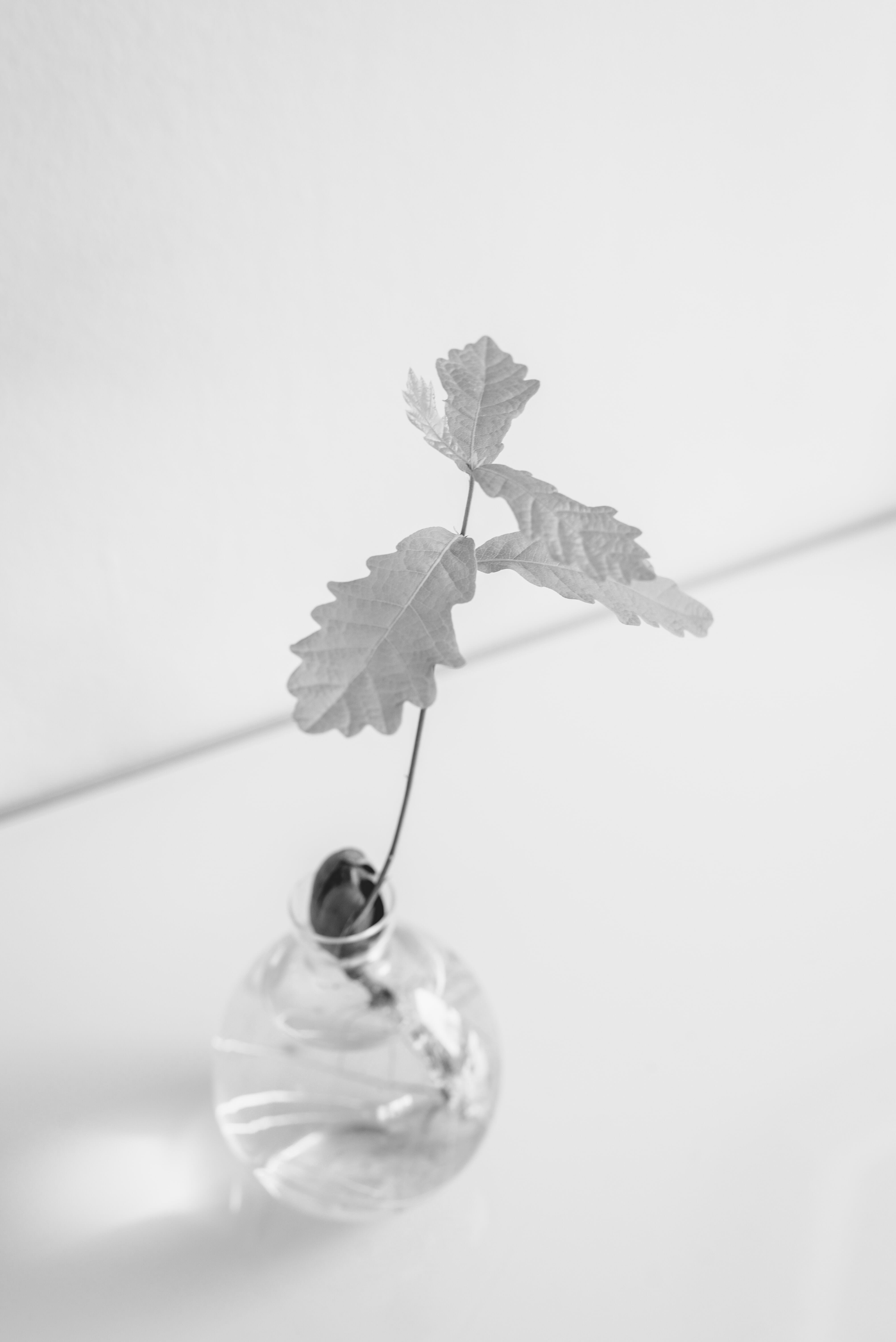The home of plants

Top 9 house plants
Spider Plant
Chlorophytum comosum 'Variegatum', or the Spider Plant as it’s more commonly known, is an iconic choice that remains enduringly popular. With a cascading habit, its bright glossy foliage spills over the edge of the pot making this an excellent choice for high windowsills or shelves. Spider plants are also fantastic at cleaning the air in the room.
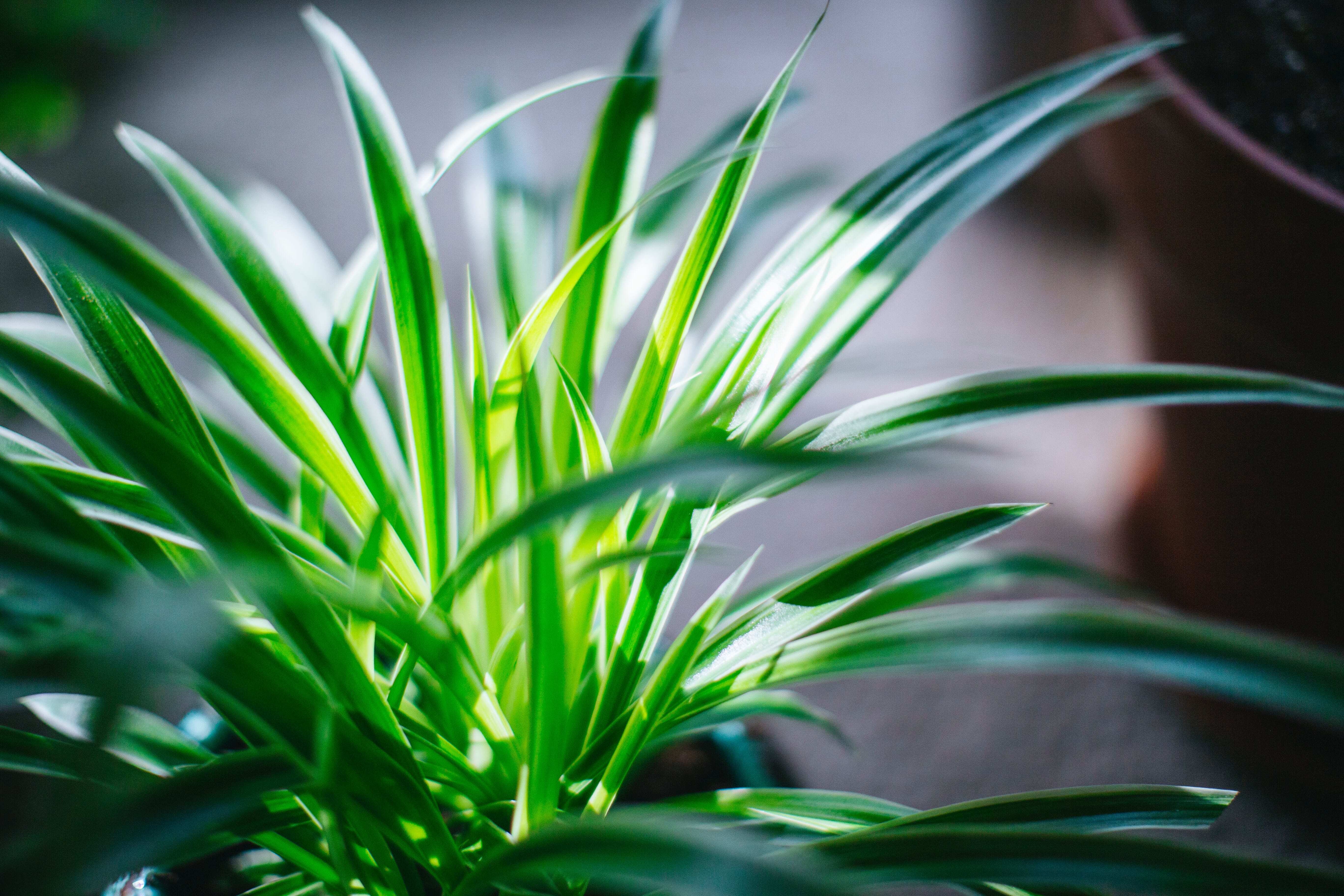
Spider Plant
House plant
Aloe Vera
Known for its medicinal properties, Aloe Vera is a firm favourite in many households. As a succulent it enjoys a warm spot on a sunny windowsill, but it also tolerates some neglect and doesn’t mind if you forget to water it occasionally! The distinctive fleshy green foliage is filled with cooling sap that’s good for cooling burns and soothing dry, sun-damaged skin.
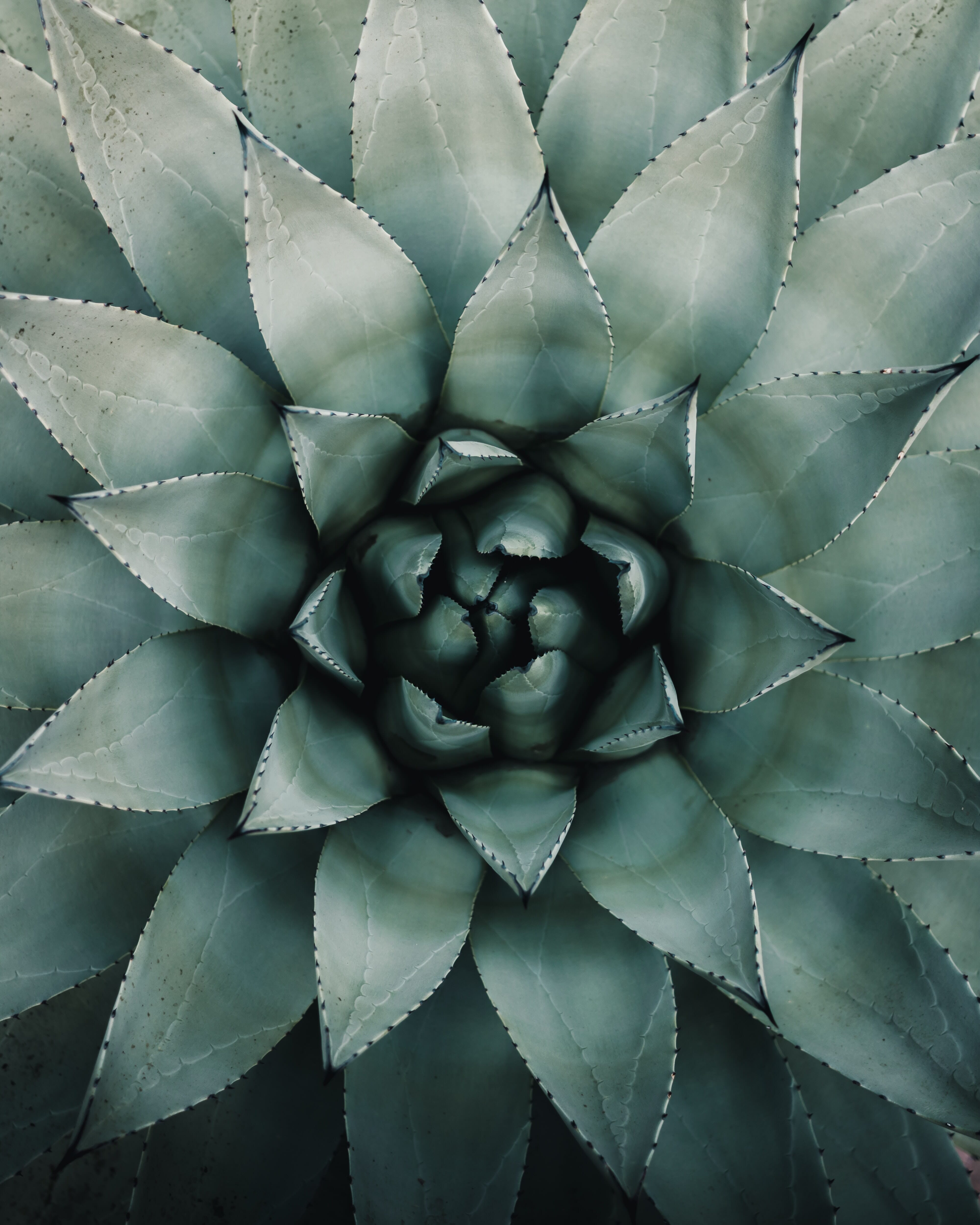
Aloe Vera
House plant
Epipremnum
A native of warm countries like Australia, Indonesia and India, Epipremnum aureum, or Devil's Ivy, is an easy-to-care-for plant that looks great in a well-lit corner away from direct sunlight. This vigorous house plant swiftly scales a moss pole to create a lush, tropical-looking feature that takes up very little floor space.
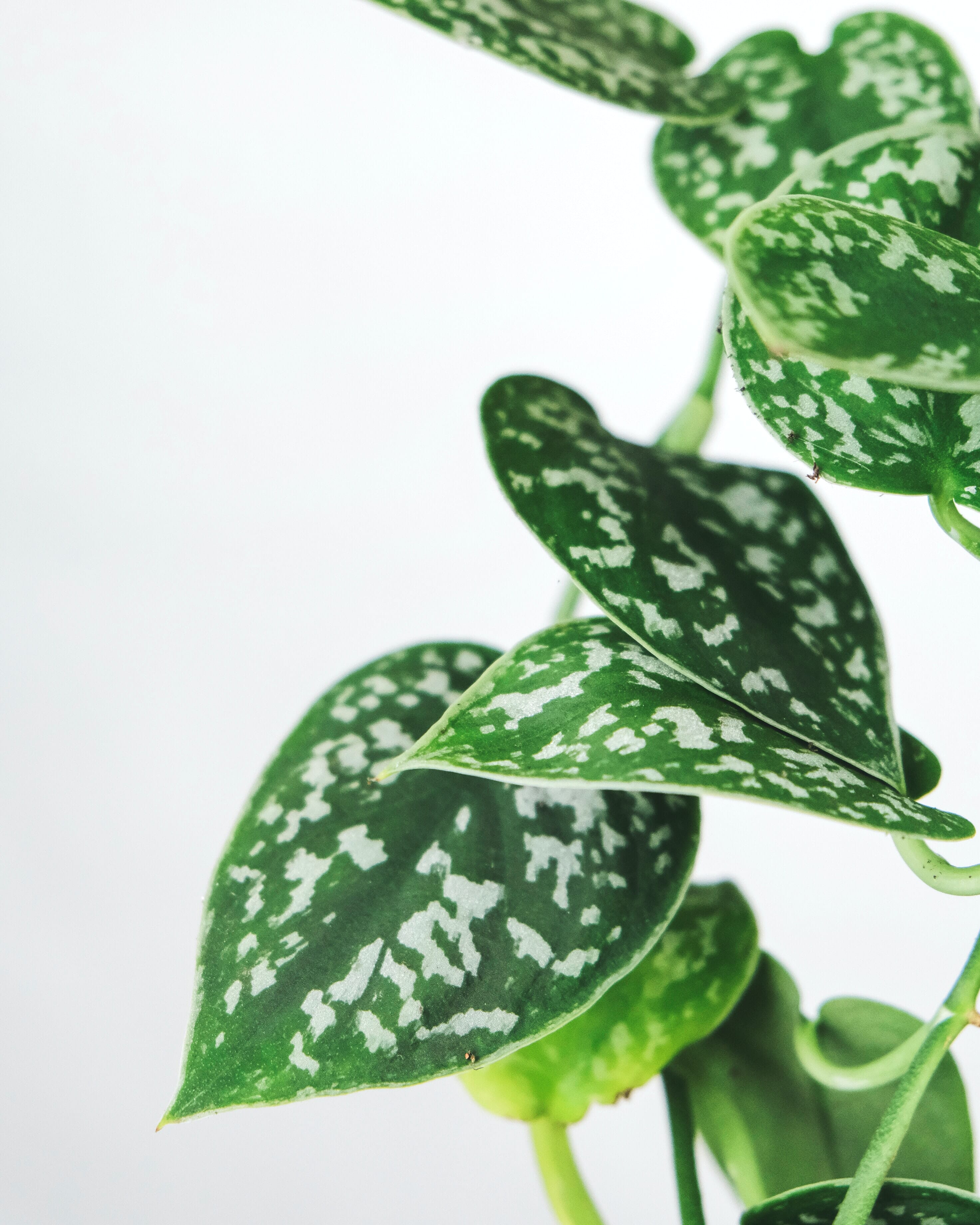
Epipremnum
House plant
Snake Plant
The most efficient of the air purifiers, Sansevieria trifasciata var. laurentii (also known as the snake plant or Mother-in-Law's Tongue) is a must for many households. It grows almost anywhere in the home, surviving happily in areas of lower light and putting up with some neglect when it comes to watering. The upright habit of the Snake Plant gives it an architectural quality too, perfect for modern decor.
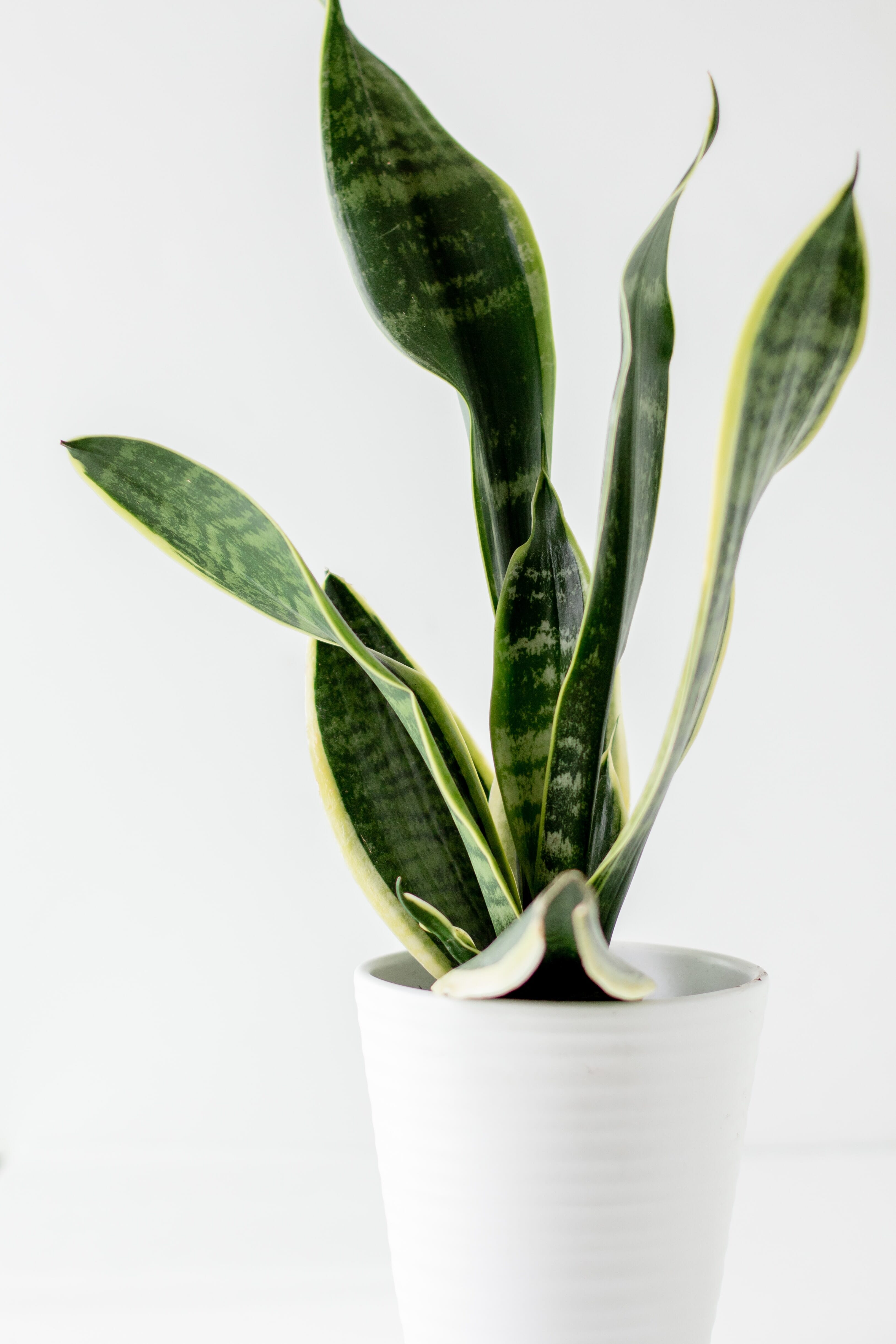
Snake Plant
House plant
Peace Lily
Not only an elegant plant to enjoy in your home, the Spathiphyllum 'Torelli' , or Peace Lily helps remove benzene, formaldehyde, trichloroethylene, toluene and xylene from the air, all of which can be found in everyday household products. Requiring very little by way of attention, position your Peace Lily away from direct sunlight and let it get to work!
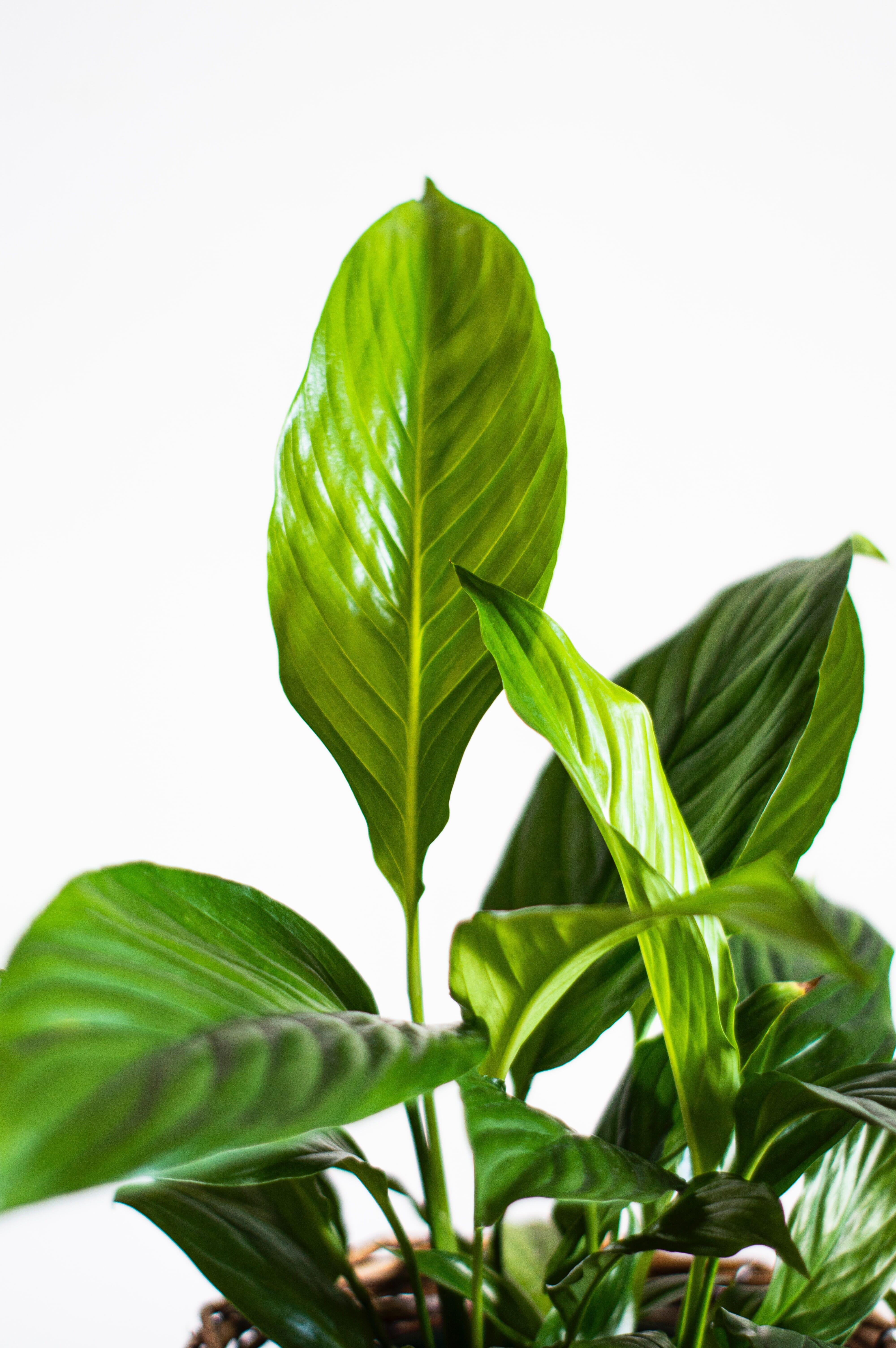
Peace Lily
House plant
Dracaena
Also known as the dragon plant, Dracaena is available in a number of different varieties and does a great job of purifying the air in your home. Twisting dark green foliage with bold lime green margins make this house plant incredibly alluring! As a young plant, Dracaena fragrans ‘Tornado’ has a low rounded shape that sits nicely on a worktop or coffee table. With maturity, it gradually extends upwards to form an upright central stem, making a fine floor-standing specimen.
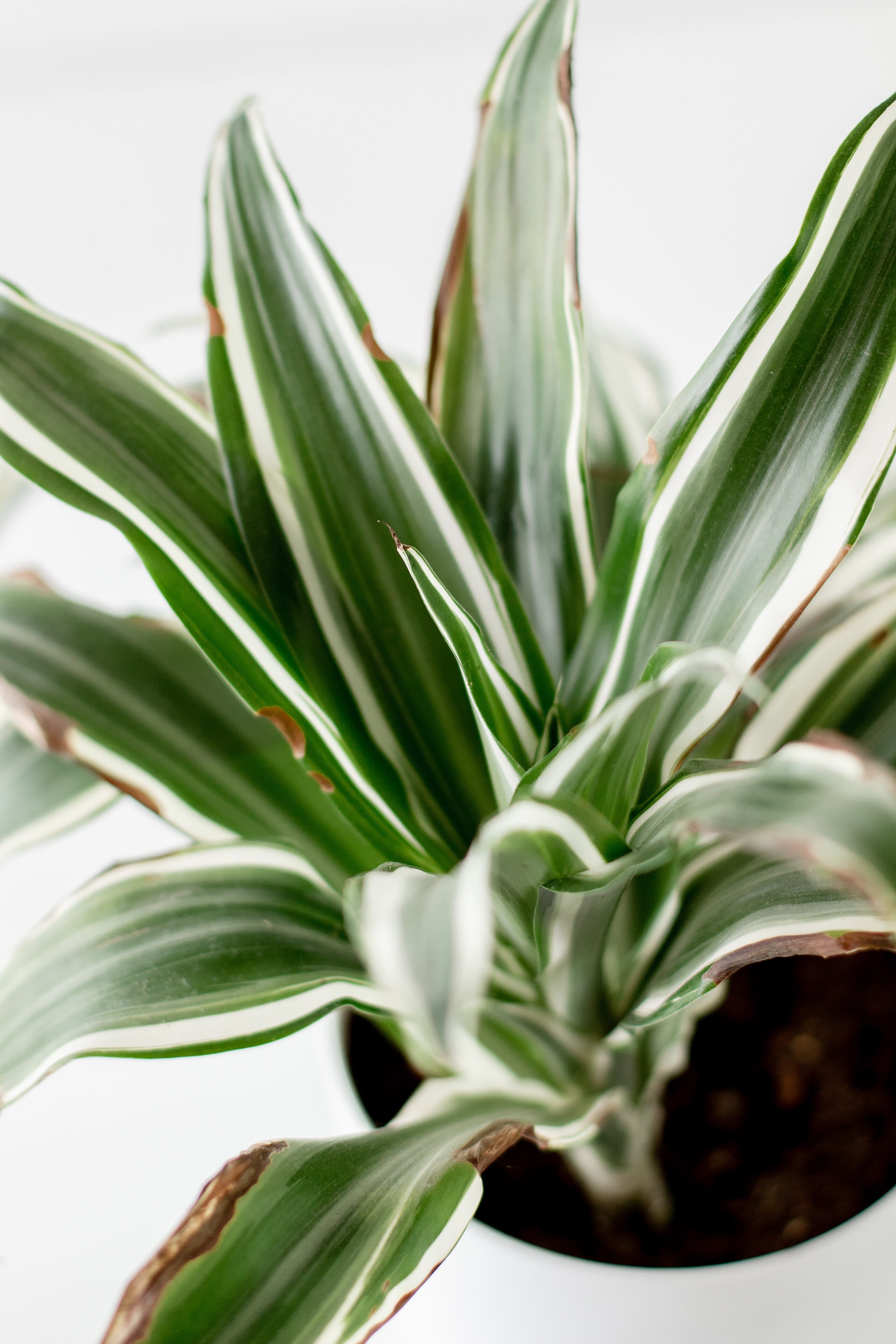
Dracaena
House plant
Croton
Croton absolutely loves the higher humidity levels in warm bathrooms, conservatories, kitchens or even indoor swimming pools! Sometimes called 'Joseph's Coat' due to its technicolour foliage, its large, glossy leaves feature striking patterns in red, gold and green. For maximum impact, a croton is the perfect show-stopper.
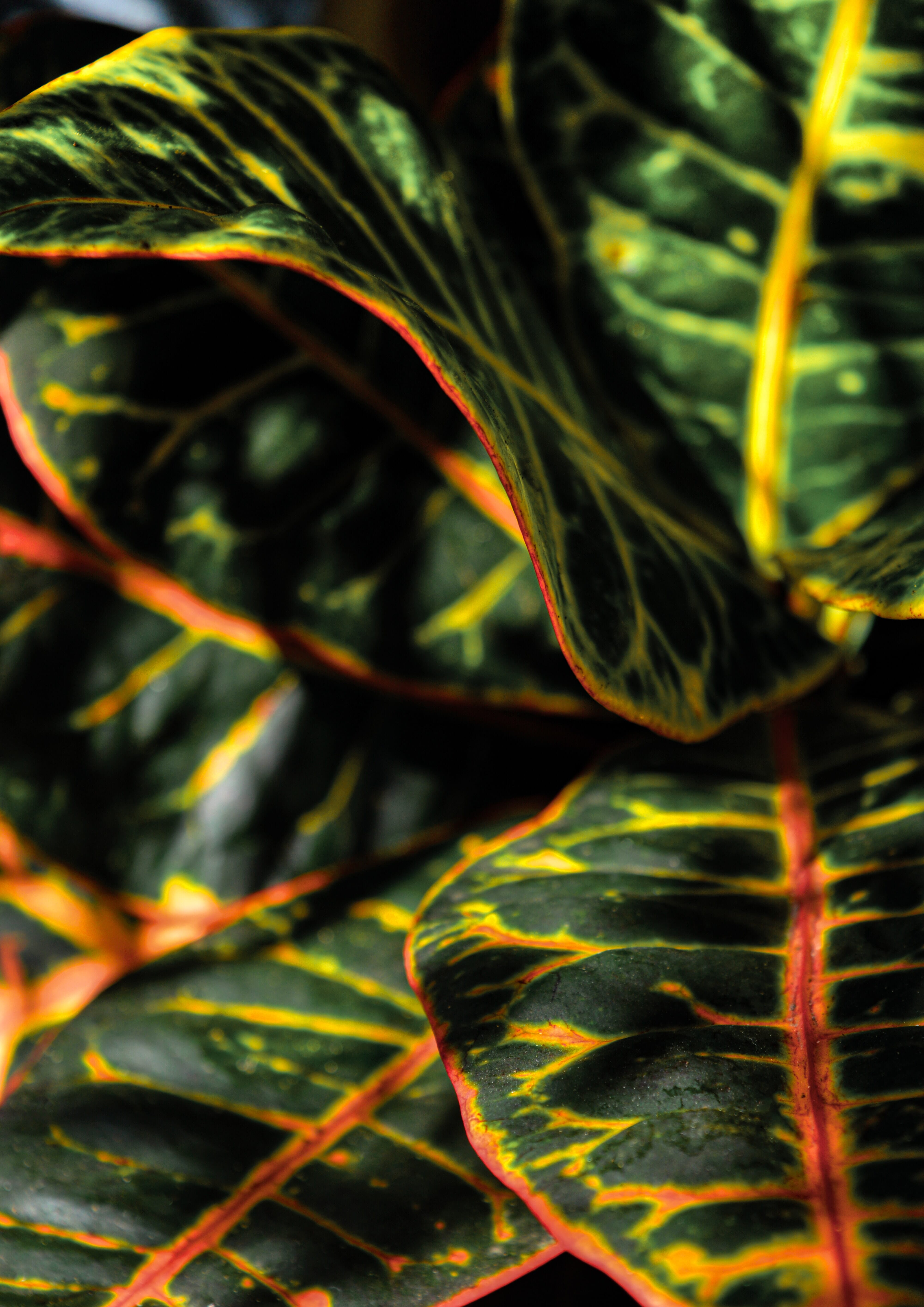
Croton
House plant
Chinese Evergreen
Almost impossible to kill, Aglaonema 'Christina' (or Chinese evergreen) has lovely, long green leaves that are streaked or dappled with either yellow or white. Naturally tropical plants, they love the humid conditions found in bathrooms and kitchens.
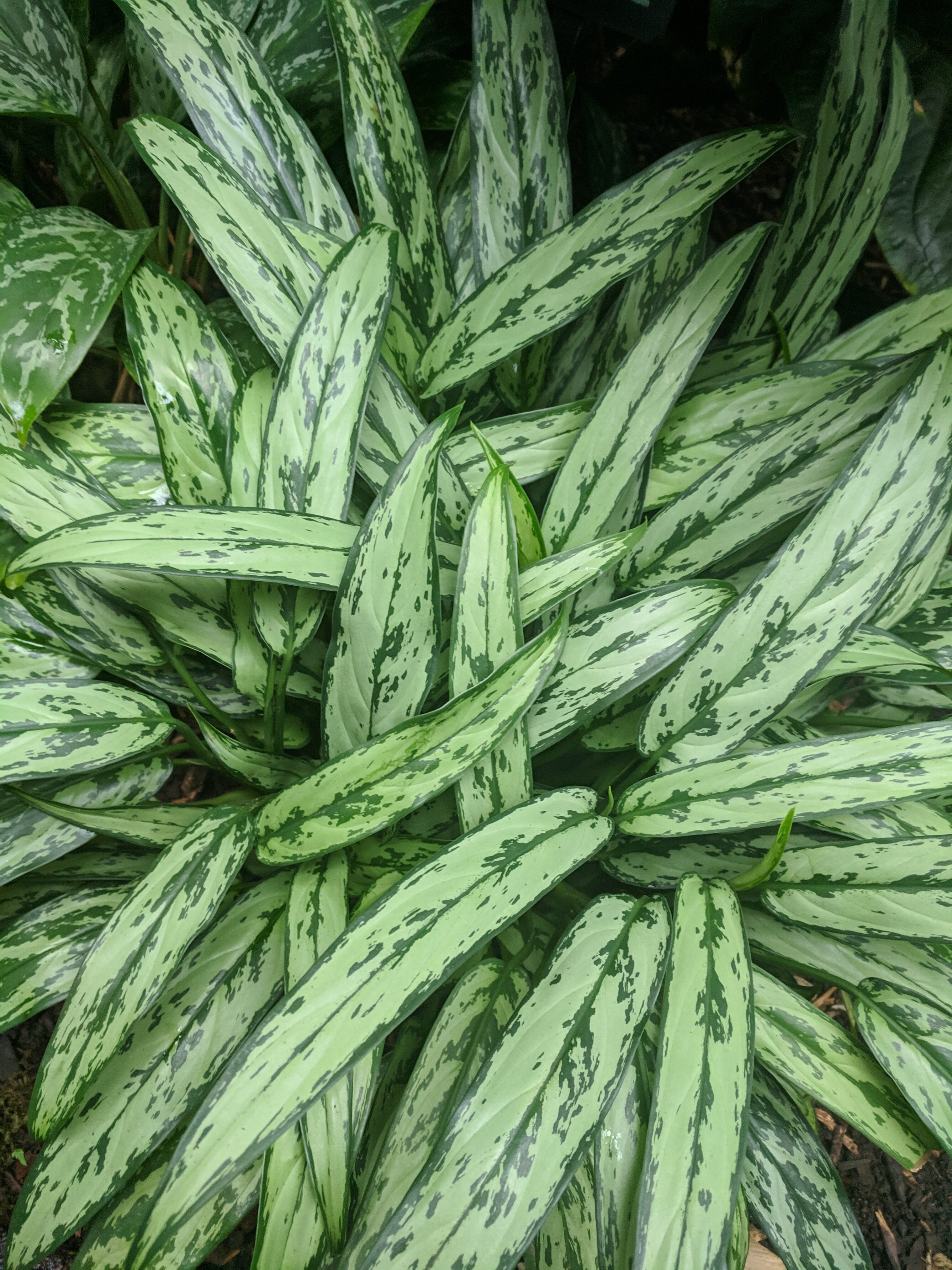
Chinese Evergreen
House plant
Fern
Ferns love damp conditions and so will readily thrive in kitchens and bathrooms where they'll absorb the humid air. Producing magnificent, textural fronds with a prehistoric feel, these ancient plants prefer a spot out of direct sunlight.
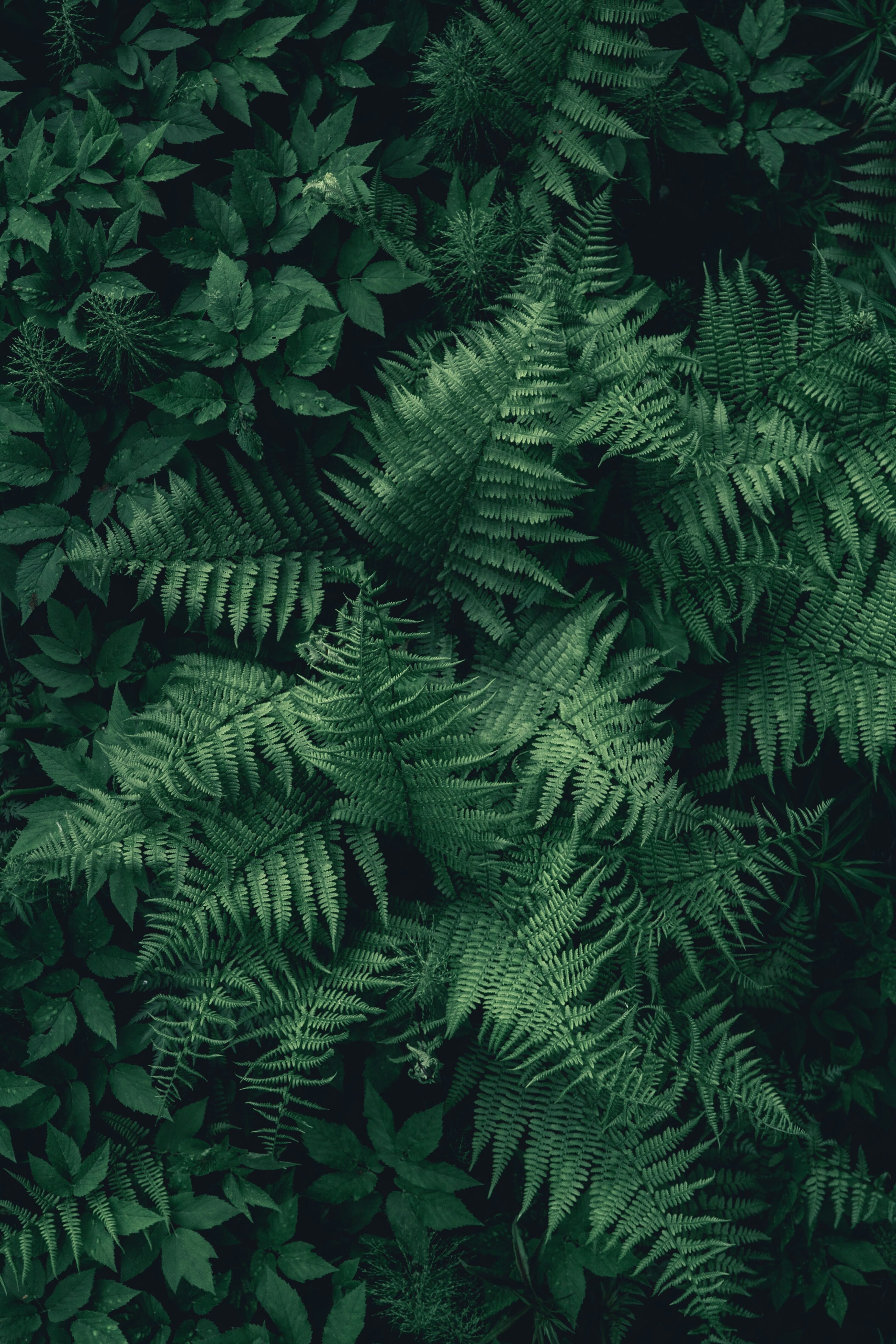
Fern
House plant
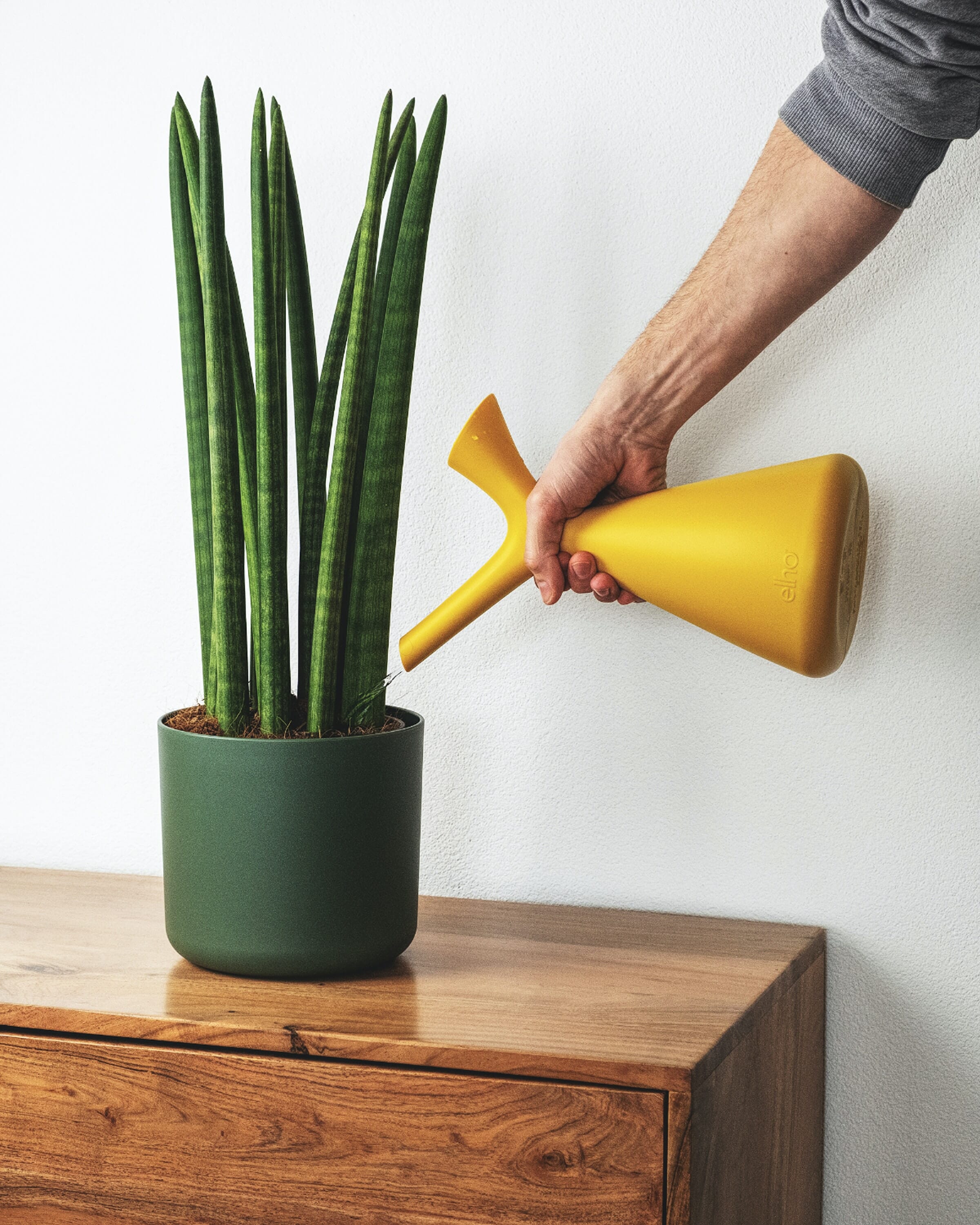
When to water your house plant
Depending on how they're grown and changes in plant growth through the seasons. It's best to water on an as-needed basis rather than by a set calendar schedule. In general, plants grown in well-drained soil in an appropriate-size container should be watered when the top 1/2 to 1 inch of soil feels dry. Cacti and succulents need less water; flowering plants usually need slightly more. Overwatering is one of the most common causes of houseplant death. If you're not sure how much to water, it's better to err on the dry side than to give your plants too much moisture.
What do house plants need to grow?
Depending on how they're grown and changes in plant growth through the seasons. It's best to water on an as-needed basis rather than by a set calendar schedule. In general, plants grown in well-drained soil in an appropriate-size container should be watered when the top 1/2 to 1 inch of soil feels dry. Cacti and succulents need less water; flowering plants usually need slightly more. Overwatering is one of the most common causes of houseplant death. If you're not sure how much to water, it's better to err on the dry side than to give your plants too much moisture.
